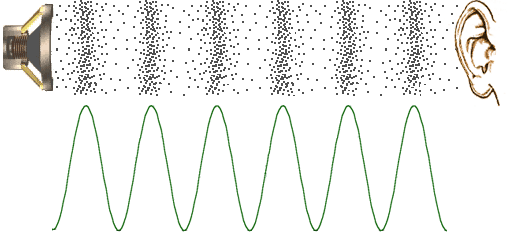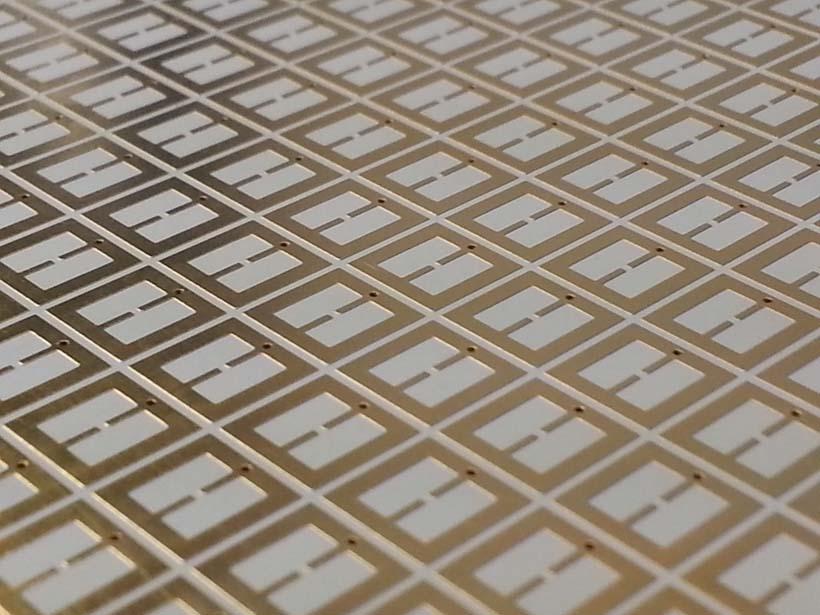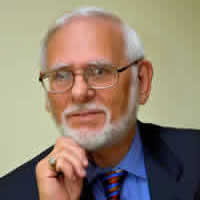Kinetic energy is power that is gained from motion, and this motion can involve vehicles, individuals, and any other object.
Is Kinetic Energy the Future?
Len Calderone for | Altenergymag
In physics, the kinetic energy of an object is the energy that it possesses due to its motion. It is defined as the work needed to accelerate a body of a given mass from rest to a stated velocity. Having gained this energy during its acceleration, the body maintains this kinetic energy unless its speed changes.
.jpg)
There are many forms of kinetic energy, such as radiant, thermal, sound, electrical (light), mechanical (motion), vibrational (the energy due to vibrational motion), and rotational (the energy due to rotational motion),
Everywhere that we look there is motion in the world. The question is—can we harness this energy that would otherwise be wasted in order to power our gadgets and generate clean electricity? If an object gathers speed from a stopped position to set velocity, it uses energy. The object will keep that energy providing its speed doesn't change. When the object decelerates, the energy from its motion can be transferred in various ways.
The biggest problem is to get the energy that you need from somewhere. One example is radiant energy, which is simply energy that travels in waves. It's the energy given off by electromagnetic radiation. It's a form of kinetic energy, since the particles are moving as they carry light, heat, and radiation from one source to another source. It's often released as normal light. It is the result of the change in an arrangement of electrons. Electromagnetic radiation is really just a stream of photons, and heat is felt or light is viewed as those photons in the form of radiant energy. Radiant energy is important in a many fields, including telecommunications, heating technology, radiometry, and lighting.
.jpg)
Thermal energy occurs when the motion of atoms and molecules move at a fast pace and collide with each other. Thermal energy occurs when the sun causes the atmosphere to heat, and the temperature to rise during the day. Baking in an oven raises the thermal temperature of the food. Other examples of thermal energy are hot springs, and geysers, driven by geothermal energy.

Sound is a form of kinetic energy because the source of sound is vibration. Mechanical energy consists of gravitational potential energy and kinetic energy. Vibrating particles have kinetic energy which is a form of mechanical energy, whereas the energy is transferred through the air in a wave to reach listeners' ears.

Electrical energy is made up of negatively and positively charged electrons. One such example is lightning. Other examples are static electricity, electricity stored in capacitors, alternating current in residences, and a hydroelectric dam that changes the kinetic energy from falling water into electrical energy. Even your brain makes electrical current as direct current.
Electrical energy is energy that is caused by moving electric charges. The faster the electric charges are moving the more electrical energy they have. It doesn't matter where the starting form of energy comes from. As an example, if nuclear energy is utilized, the energy released heats water into steam. The steam is then used to turn a turbine blade which fires up a generator and gives the electric charges their energy.

Mechanical energy is the combination of kinetic and potential energy to make an object work, such as opening a door. The motion of my hands is the kinetic energy. The door has potential energy, which will be activated by my hands. When I push the door both kinetic and potential energy comes into play, giving the door mechanical energy which does the work of opening the door. For the work to be accomplished, an object has to supply a force for another object to be displaced.
Every moving object in the universe has mechanical energy. A train moving on the tracks has mechanical energy due to its motion. A book that is on a table has potential energy. Push it off of the table and it releases kinetic energy as it falls.
A ball thrown into the air also has mechanical energy (both kinetic and potential energy) due to its motion and its position above the ground. When a ball is thrown, it gains kinetic energy as it will be in motion. Once it attains the maximum height the kinetic energy gets converted to potential energy. As the ball comes down, the kinetic energy is maximized.

Vibrational kinetic energy is the energy an object has due to its vibrational motion. A cell phone that vibrates when it's ringing is an example.
.jpg)
As we have seen, kinetic energy is the energy of motion. So, how can we use kinetic energy as an alternative energy?
Recently, some researchers have started to discover new ways to produce energy. They’re mostly unconventional ideas, such as layering tiny and transparent solar cells onto a cell phone's touch screen or a sound conversion technology that allows it to recharge just by talking.
A French startup, Sunpartner Technologies, hopes to bring to the consumer market its Wysips Crystal technology, which overlays “invisible” solar cells onto a smartphone display. This technology can capture energy from any light source, natural or artificial, indoors or outdoors, and convert it at a rate of 15 to 20 percent efficiency. This means that you will get an additional ten minutes of talk time for every hour the phone is exposed to light.
.jpg)
Korean scientists had proposed using sound to charge a mobile phone. They said it could be done with a piezoelectric effect, in which zinc oxide nanowires converted sound caused vibrations into electricity. At that time, the researchers couldn't generate enough of a current to actually charge a phone. Now, however, scientists from Nokia and Queen Mary University of London have succeeded in doing so.
.jpg)
The team used zinc oxide, a material that when squashed or stretched creates a voltage by converting energy from the motion into electrical energy in the form of nanorods. The nanorods can be coated onto various surfaces in different locations enabling electrical energy. The nanorods respond to vibration and movement created by everyday sound, such as our voices. Electrical contacts on both sides of the rods are then used to harvest the voltage to charge a phone.
A Dutch research team at Holland’s University of Twente and the Dutch province of Overijssel harvested energy from the vibrations produced by moving cars by coating a section of highway with energy absorbing piezoelectric materials. During the course of the trial, they discovered that the net electrical output was sufficient to run the motion sensors on a traffic light. They found this to be a sustainable alternative for the batteries used for roadside sensors and other applications.
.jpg)
WiFi hubs send out signals in all directions. As a result, a lot of energy is wasted. The researchers at Duke University have converted some of these signals into electricity. Using a special microwave scavenging metamaterial in a power harvester, they were able to build a device capable of generating up to 7.3 volts. Their goal is to eventually incorporate the technology into cell phone batteries or other small electronic devices.

The key to the power harvester rests in its use of metamaterials, which are engineered structures that can capture a range of forms of wave energy and modify them for useful applications.
Would you believe that you could light a 100 watt light bulb with your body? This energy comes in the form of heat. An office building in Stockholm was equipped with a unique heating system that is powered by the excess body heat of some 250,000 commuters that travel though the nearby central train station each day.

The system—in operation today—is made possible through a series of heat exchangers situated inside the train station’s ventilation system. This is where body heat is converted into hot water and piped in to warm the building. Even the Mall of America is using this technology by recycling the body heat of the shoppers to regulate the indoor climate.
Tidal energy is produced through the use of tidal energy generators. These large underwater turbines are placed in areas with high tidal movements, and are designed to capture the kinetic motion of the ebbing and surging of ocean tides in order to produce electricity. Tidal power has great potential for future power and electricity generation because of the massive size of the oceans.
.jpg)
Another remarkable example is a product by the name of Pavegen. The Pavegen is essentially a floor tile that absorbs kinetic energy when walked on. These tiles contain a small LED that lights up when a person walks over it, informing the person of their contribution to the Earth.

One of the newest emerging technologies for clean energy is kinetic energy. Kinetic energy is power that is gained from motion, and this motion can involve vehicles, individuals, and any other object. Solar power and windmills are not the only sources of alternative energy. Kinetic energy is definitely in our future.
Len Calderone - Contributing EditorLen contributes to this publication on a regular basis. Past articles can be found in the Article Library and his profile on our Associates Page He also writes short stores that always have a surprise ending. These can be found at http://www.smashwords.com/profile/view/Megalen. |
 |
The content & opinions in this article are the author’s and do not necessarily represent the views of AltEnergyMag
Comments (0)
This post does not have any comments. Be the first to leave a comment below.
Featured Product

